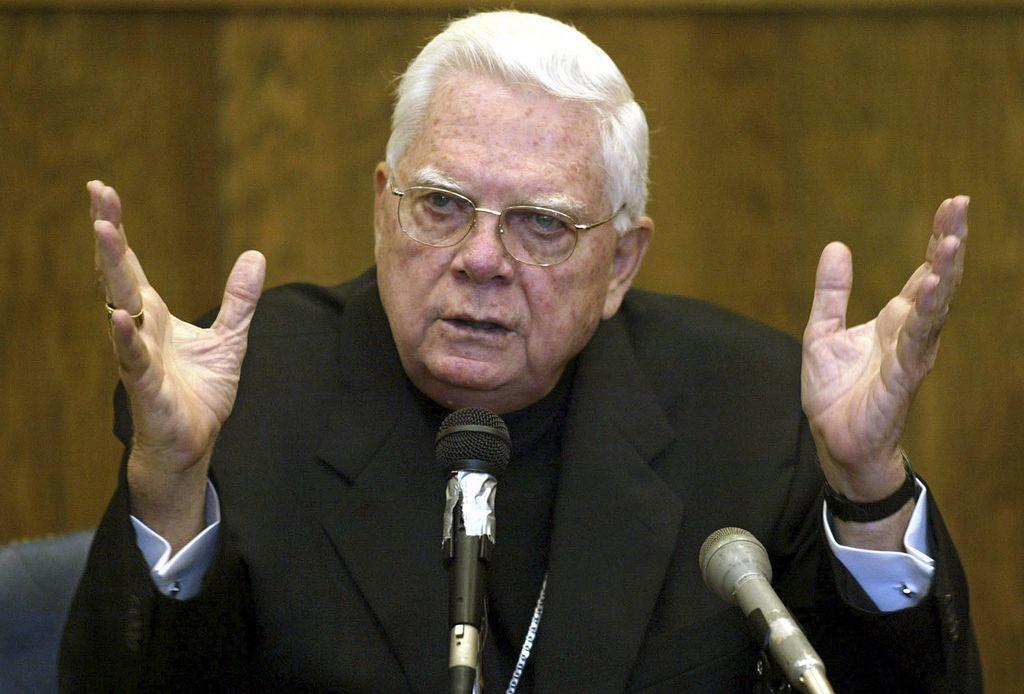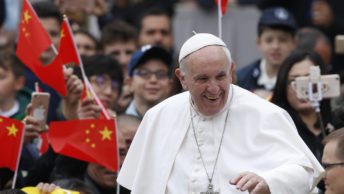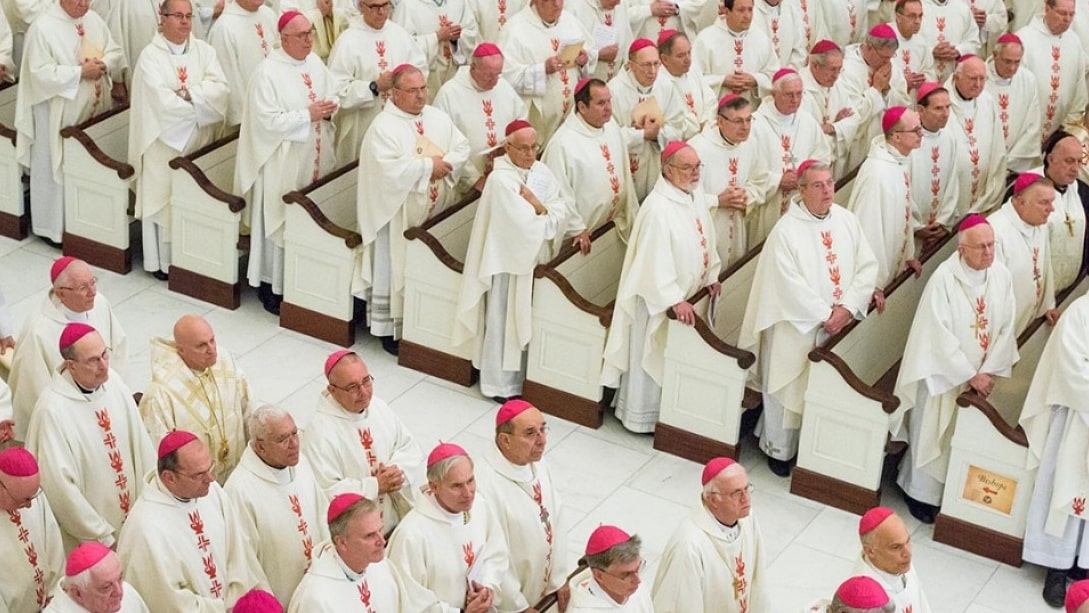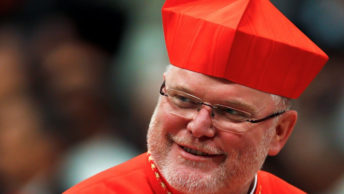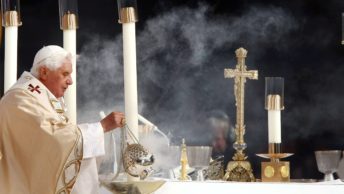I learned about the Last Judgment in my grade school catechism classes many years ago. This universal public judgment is purported to focus on all the sins of the world. I am certain the long-lived sex scandal will be prominent in the recitations. While the scandals were known for many years, they did not become part of the national conversation until the turn of the Millennium.
Thanks to its daily newspaper, The Globe, the predominantly Catholic city of Boston quickly became the epicenter of a quake that rocked the Church off its lofty pedestal for the first time since the medieval days of Martin Luther and Henry VIII.
Catholics were forced to suffer again through this morally Dark Age with the production of the 2015 film, Spotlight—the eponymous four-member team of clever and persistent reporters from the Boston Globe. It was the Globe’s new editor, Marty Baron, a Jewish outlier who exposed the broad parameters of this scandal. The Spotlight team was predominantly Bostonian and Catholic, albeit most were lapsed.
The movie won the Academy Award for Best Picture in 2016. I waited for the DVD to make my judgment on its relevance, if any, to my faith. To my surprise, it was a tightly produced, moving drama that riveted me to my chair.
According to the National Catholic Register’s review last year, Spotlight plunges into the rhythms of a specific time and place…at a time when cases of ‘pedophile priests’ had been in the news for more than a decade. Like Watergate it was the cover-up that eventually became the major focus of the reporters.
Perhaps the most surprising dimension of the film’s polemic is that it is only loosely directed at the Church. I kept waiting for the usual suspects of priestly celibacy and women clergy to appear. They never did.
Baron emphasizes that he was after the system, as personified by Boston’s Cardinal Bernard Law, and not the Catholic Church. While many people knew of the sex scandals the extent of the cover-up culture in the Church was lurking somewhere in the dark shadows of its bureaucratic miasma. Also the hierarchy had listened to a cabal of faux psychologists, who blinded them to the abject evil they had passed on. While Church leaders were charged with manipulating the system, the system was far larger than the hierarchy. That can also be said of any large corporation or institution.
The Spotlight team met serious resistance from, not just the clerical leaders, but also its supporting cast that included a phalanx of Catholic lawyers, businessmen and the Irish political class. The Church was so deeply involved in the City of Boston it was difficult to find anyone who did not have a vested interest in keeping the scandal in its subterranean confines. Most of the enablers said they were just doing their jobs. In another context they might have said: just following orders. This all changed in 2002 as a result of a stunning series of articles that won the Boston Globe’s Spotlight Team a Pulitzer Prize.
There’s a fair share of blame to go around, Baron judiciously concludes in a thematically important speech as it becomes clear just how much even the press had missed or ignored. Walter Robby Robinson, the film’s moving force, painfully admits that they were all at fault including himself who passed on the first report of 20 culpable priests in 1993.
Amid all the darkness, there is scarcely a scintilla of comfort for Catholic viewers, other than two small signs of a living conscience. In 1984, Boston Auxiliary Bishop John D’Arcy ‘broke ranks’ and tried to persuade Cardinal Law to take notorious serial abuser Father John Geoghan out of full-time youth ministry. Instead, it was the clerical whistle-blower who was transferred, to Fort Wayne-South Bend, Indiana.
In 1985, Dominican Father Thomas Doyle sent copies of a report he co-authored on the scope of the problem of clerical sexual abuse, calling it a billion-dollar liability to every bishop in the United States. It was widely ignored.
Spotlight focused on the priests’ victims as well. Phil Saviano, a member of SNAP (the Survivors Network of those Abused by Priests), and a former Benedictine and mental-health counselor, Richard Sipe figured prominently in their investigation. Sipe, who appears only in a phone conversation, opined that up to 6% of Catholic priests act out sexually with minors. Of course no figures on comparable professionals in other faiths and institutions are introduced. Like most of the principals, Sipe has also fallen away from the institutional Church though he still follows the spirit of Catholicism.
To the film’s credit a strong lapsed-Catholic sensibility that is rightfully angry, but also laced with sadness and painful loss, permeates the film. In a revelatory moment, a conflicted and angry team member, Michael Rezendes admits that he liked going to Mass as a kid, and that, for all his issues with the Church, he had always held onto the idea that someday he might go back. No more. There is nothing triumphalist or vindictive here. Their inner conflict was nearly palpable. It is clear the loss of the Catholic faith is mourned, not celebrated. It saddens me to think of just how many other Catholics became collateral damage to this scandal.
What emerged in the aftermath of a scandal that implicated over a 100 priests and would cost the American Church nearly three billion dollars in legal fees and restitution to families of abused boys. The two most prominent priests were John Geoghan who had abused over 300 young boys in several parishes and Paul Shanley who attended the charter meeting of NAMBLA, the Man-Boy Love Association. Geoghan’s sins resulted in a capital punishment as another inmate strangled him to death in prison. Shanley, who was a fierce advocate of sex with young boys, eventually went to prison for the abuse of several children in Newton, MA.
The only complaint I had about the movie was that it linked itself with the unwritten conspiracy between media and Church to ignore, hide and obfuscate the systemic relationship between homosexuality and the Church’s sex scandal. Pedophilia, the unnatural sexual attraction toward prepubescent boys AND girls, has been the code word that both sides can agree on. This gives it the characteristics of some inert straw man that is responsible for this abject evil.
The Media does not want to print anything that would put the Gay Movement in an unpopular light and the Church does not want to admit that it has ordained so many men with this predisposition. The correct term for this kind of behavior is pederasty, which dates back at least to the Greeks. There were only three references to gays in the movie and two of them were defensive denials. The last one did identify Geoghan as a homosexual.
Overall, Spotlight confronts us in a new way with the disastrous consequences of patterns of denial and deception. For Catholic viewers, clerical and lay, it can be seen as a dramatic witness to the profound need to expect and insist on a culture of openness, transparency and accountability. The Church is called to be the Light of the World. Catholics must never fear to have the spotlight of public judgment turned on.

